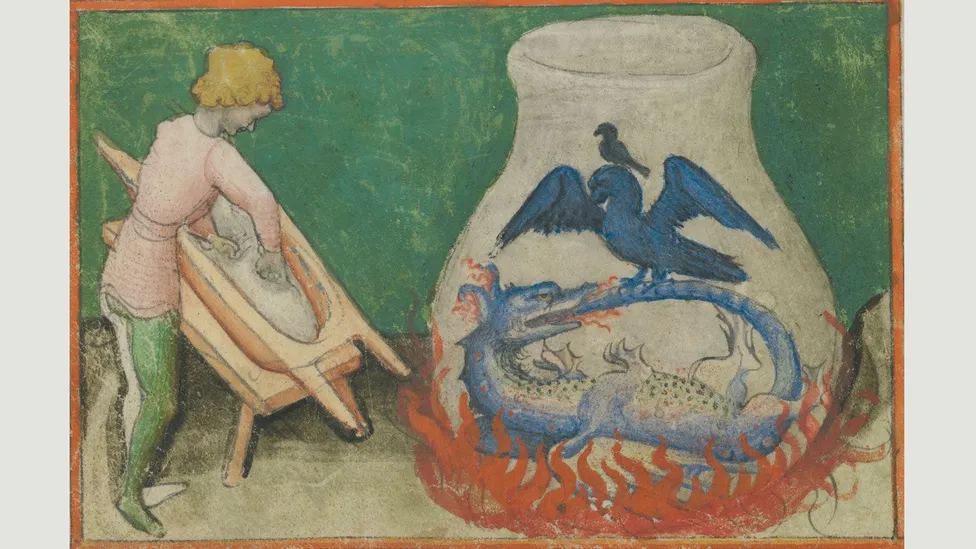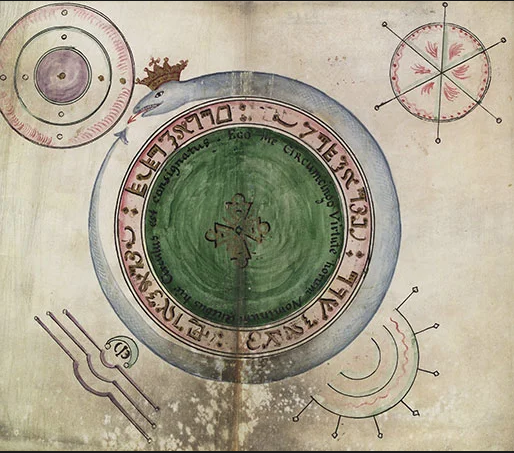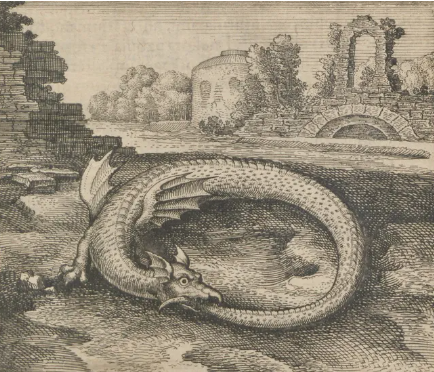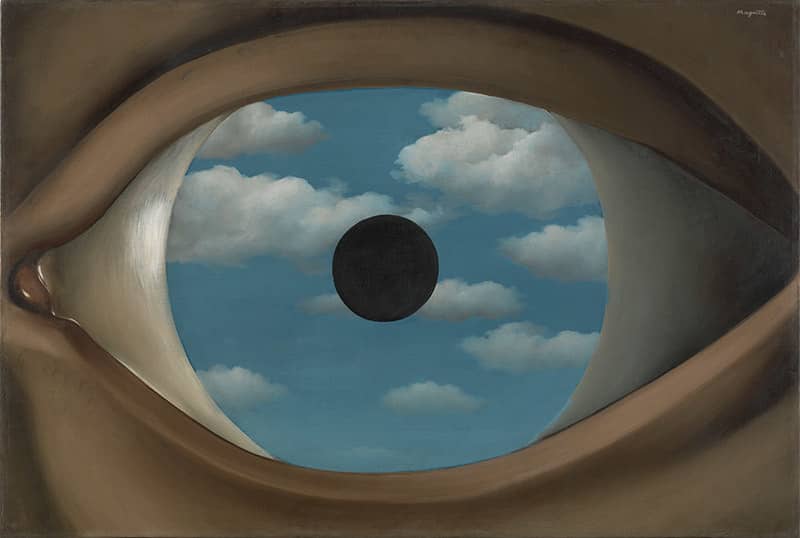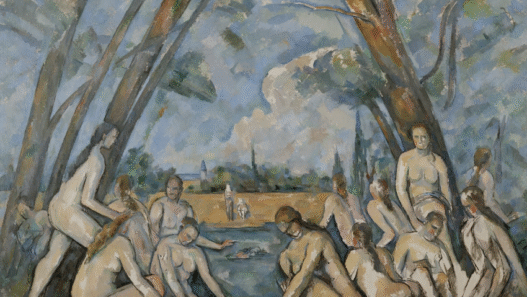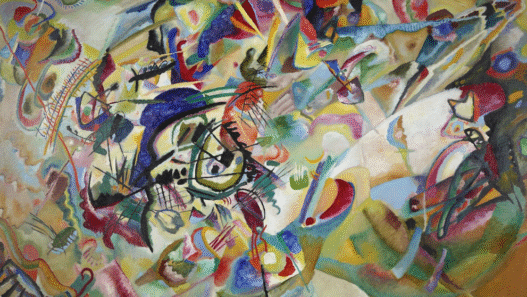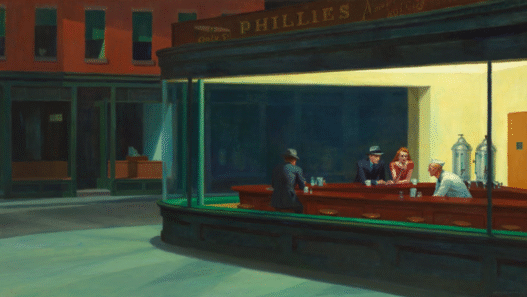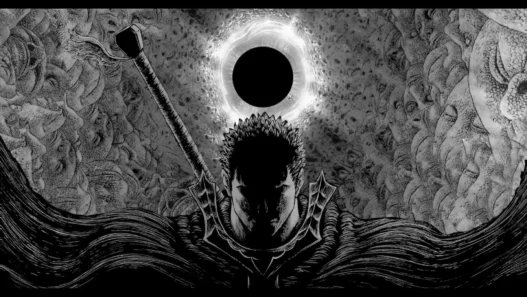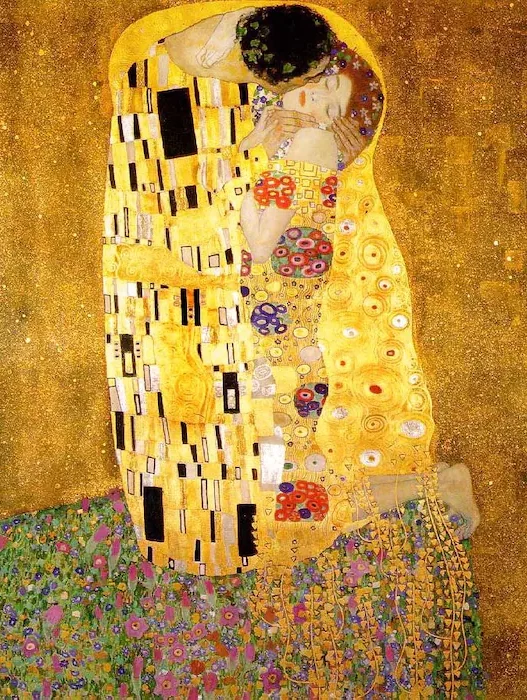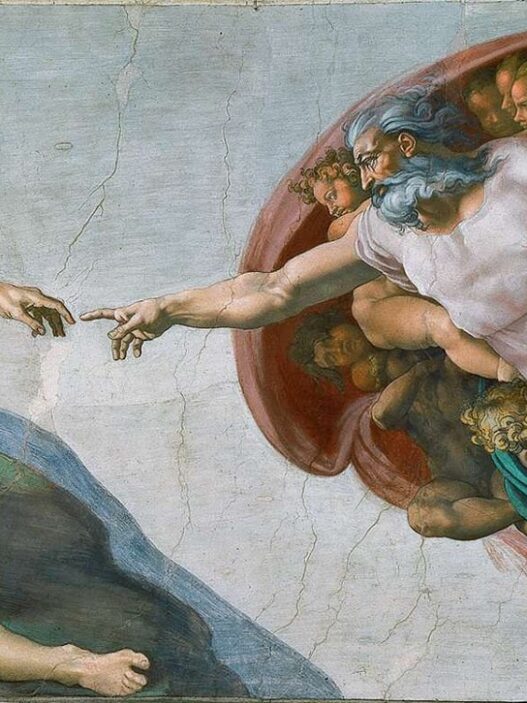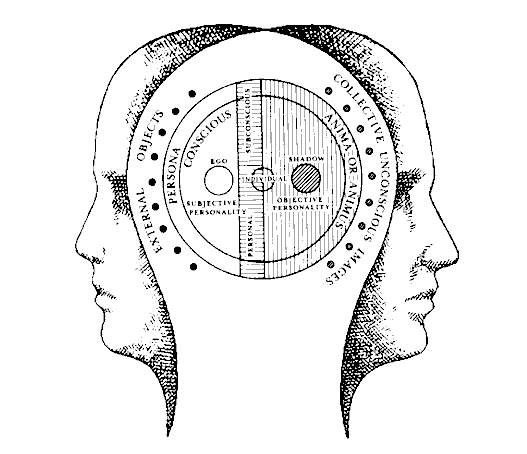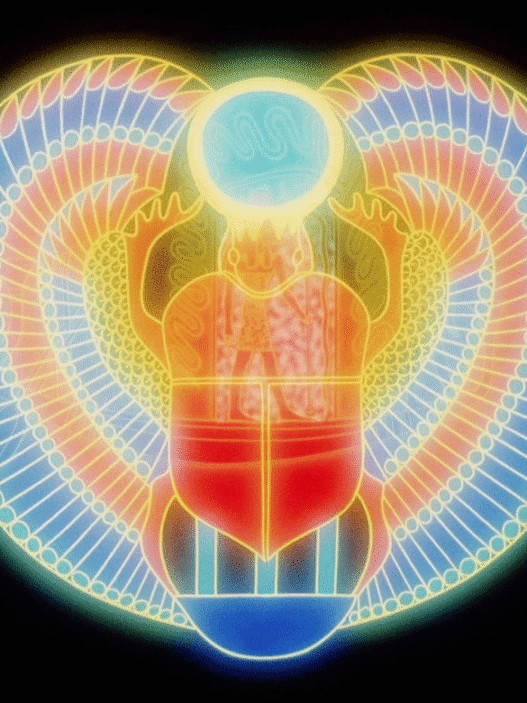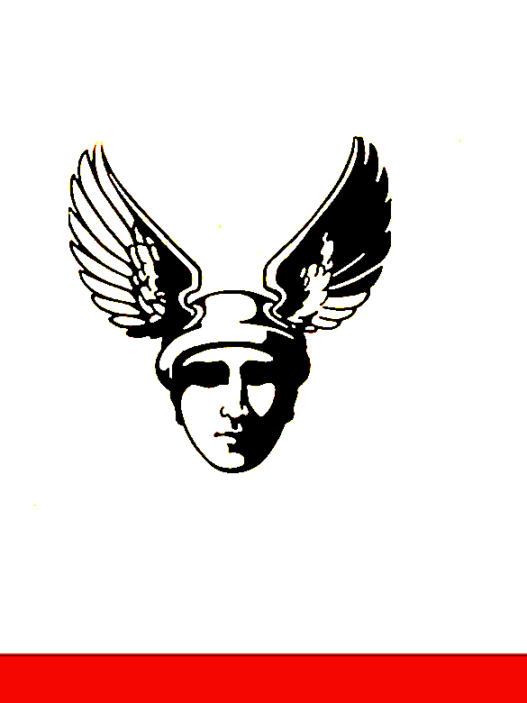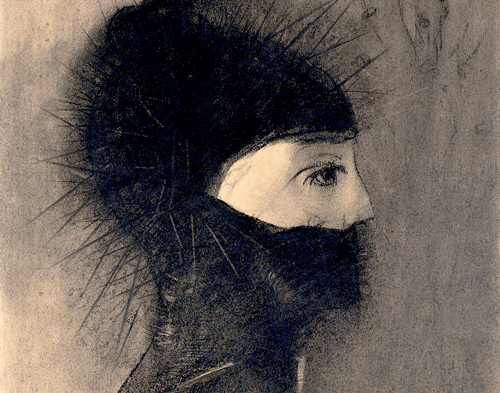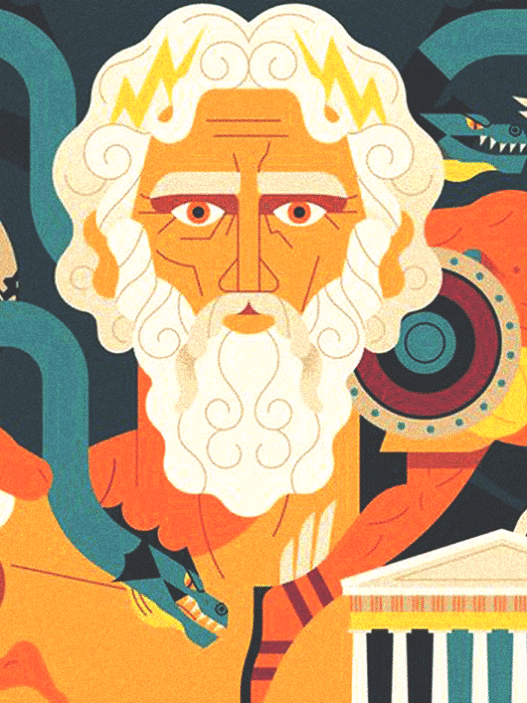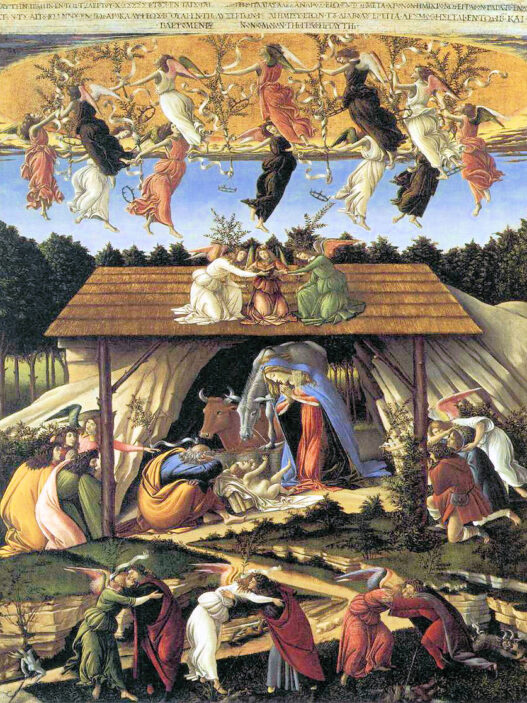The Ouroboros, an ancient symbol depicting a serpent or dragon eating its own tail, is one of the most recognisable images in mythology and alchemy. Found in Egyptian, Greek, and Norse traditions, the Ouroboros represents eternity, renewal, and the cyclical nature of life.
In alchemy, it symbolises the endless cycle of creation and destruction—matter constantly transforming, yet never disappearing. In psychology, Carl Jung explored the Ouroboros as an image of the self-consuming yet self-renewing process of the human psyche.
Today, the Ouroboros continues to appear in art, tattoos, and spiritual practice, often representing wholeness, unity, and balance. Whether you see it as a reminder of personal growth or the infinite cycles of nature, the Ouroboros is a powerful symbol of rebirth and continuity.
In alchemy, it symbolises the endless cycle of creation and destruction, matter constantly transforming, yet never disappearing. In psychology, Carl Jung explored the Ouroboros as an image of the self-consuming yet self-renewing process of the human psyche.
On a more personal note, I’ve always found the Ouroboros inspiring because it reflects the way life often comes full circle. We return to lessons we thought we’d learned, but each time with a little more wisdom. It reminds me that endings aren’t final, they’re simply the start of something new, whether in art, personal growth, or the paths we choose to follow.
Popular Ouroboros Artwork
